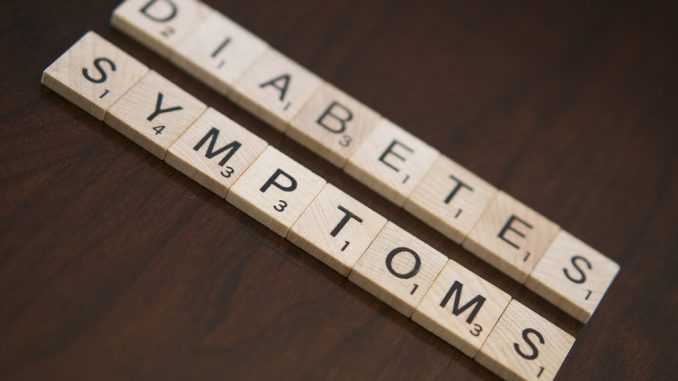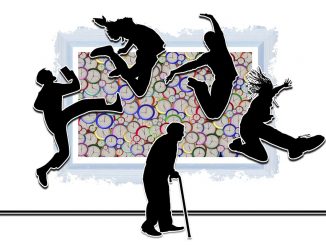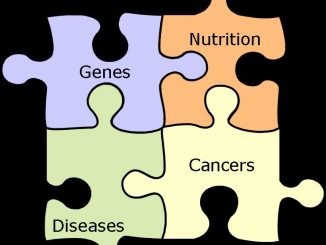
Often times, type 2 diabetes symptoms might be hard to notice. Millions of people suffer from this disease. Its main characteristic is the body’s inability to use insulin properly. Insulin balances the glucose level so that it can penetrate into the blood cells and provide energy to the body.
When there is not enough insulin or it does not work as it should, glucose accumulates in the blood instead of being used by the cells. Often, the symptoms of type 2 diabetes are either not manifested or extremely hard to recognize. In today’s article we’ll cover a few of these early warning signs — if you begin to notice them regularly, it is best to consult a professional.
Increased and accentuated thirst
The large amount of blood glucose can cause a domino style effect in the body. High blood sugar levels increase urine output and urge the body to urinate more frequently, and frequent urination decreases fluid levels, leading to dehydration. Thus, you might experience an increased sensation of thirst.
Unexplained weight loss
For people with uncontrolled type 2 diabetes, cells do not receive enough glucose, and this often leads to losing weight unexpectedly. This symptom could also be caused by the body lacking sufficient water, as a result of frequent urination.
Increased hunger sensation
In patients with type 2 diabetes, insulin can not sustain normal activities in muscle, fat and tissue, and therefore the pancreas will produce more insulin. High levels of insulin will, in turn, signal the sensation of hunger to the brain. Frequently feeling hungry, even right after eating, is another common symptom of diabetes.
Blurred eyesight
The lens is a flexible membrane supported by the eye muscles. The latter control the lens, giving it the right shape and allowing it to accurate focus images on the retina. When blood sugar levels rise (as is the case with type 2 diabetes), this muscle capacity is altered. Although the lens is not damaged, the muscles make a lot more effort to contribute to the focusing process.
Blurred vision occurs when there are changes in the blood levels, and the eye muscles still have not adapted to these. However, over time, the body will adapt to these changes and the vision will return to normal.
Acanthosis nigricans
High insulin levels are the cause for discolored skin and velvety texture, a condition called “acanthosis nigricans”. This is especially common in people with darker skin who suffer from type 2 diabetes, including African-Americans, native-Americans, and people of Hispanic origin. The disease results in thickening and darkening of the skin, usually around the throat, armpit or groin area. This could be a strong indicator that a person has diabetes.
While some of these symptoms could be caused by other factors, if you start to experience more of them frequently, it’s important to take action. An early visit to your doctor might save you a lot of pain in the future.



Leave a Reply